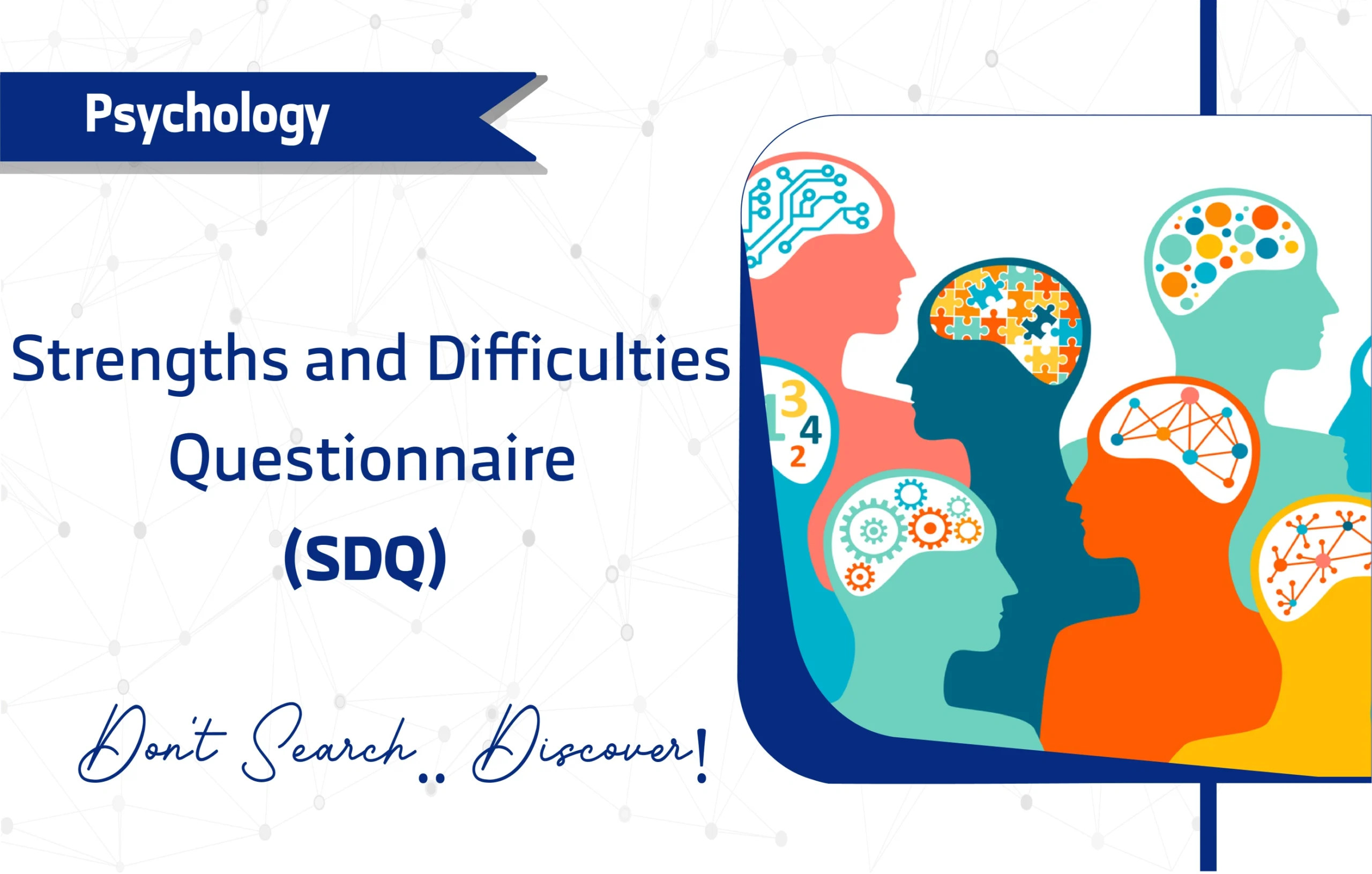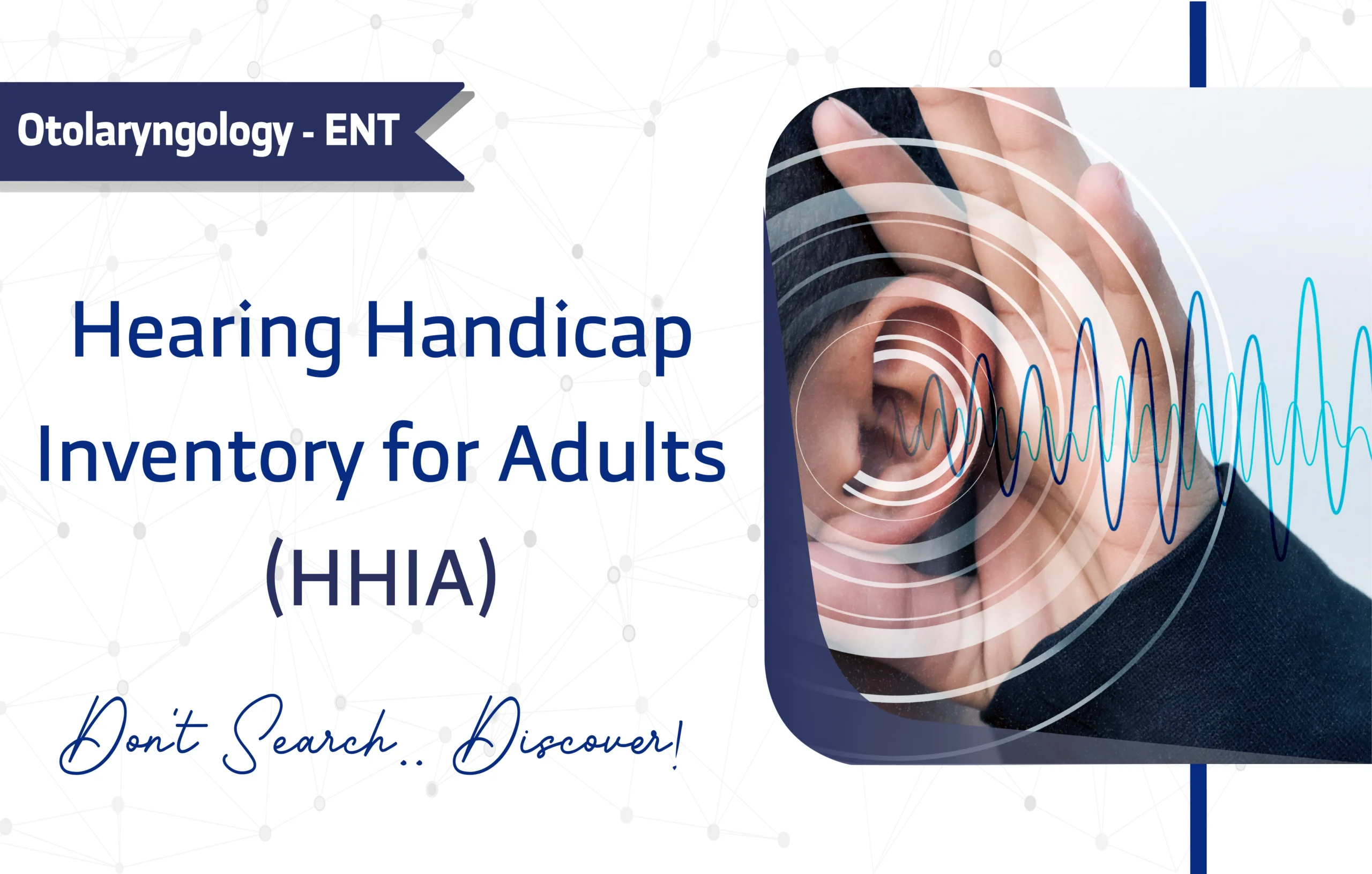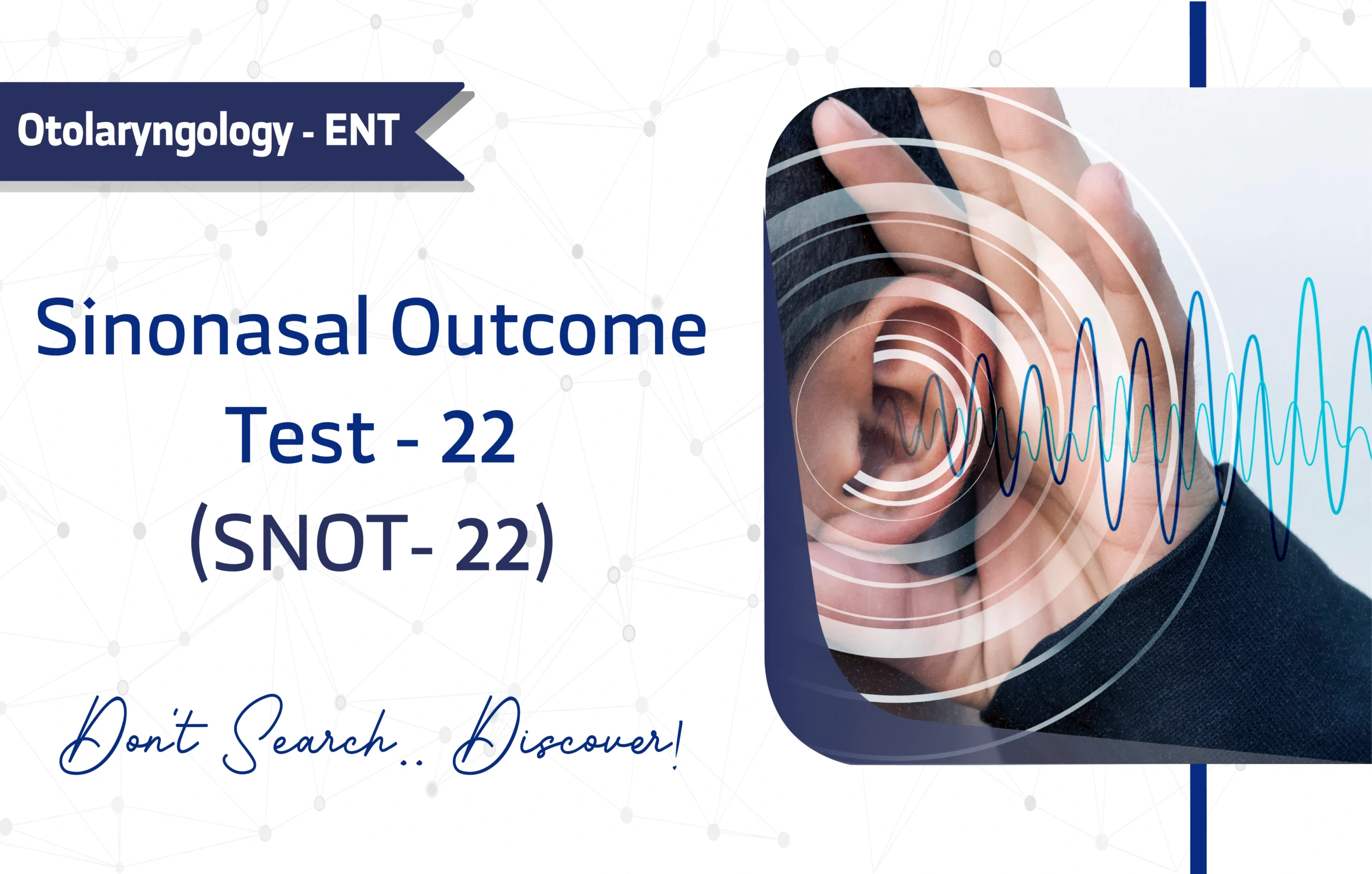Introduction
The Strengths and Difficulties Questionnaire (SDQ), introduced by Robert Goodman in 1997, anchors child and adolescent mental health assessment for ages 2–17. For instance, its foundational study boasts over 19,000 Google Scholar citations, underscoring its respect in child psychopathology research and clinical practice. Moreover, its concise 25-item format, multi-informant approach, and adoption in over 80 countries make it a go-to for experts.
Thus, this article explores the SDQ’s features, scoring, applications, and limitations, offering researchers and clinicians a clear guide to maximize its impact.
Key Features of the Strengths and Difficulties Questionnaire (SDQ)
Purpose and Use
The SDQ evaluates mental and behavioral health, capturing both challenges and strengths in children and adolescents. Unlike broader tools, it targets specific domains like hyperactivity and emotional symptoms, making it ideal for screening, monitoring, and research. Consequently, it enables clinicians to identify issues early and develop targeted interventions, enhancing patient outcomes.
Target Population
The SDQ serves:
- Children (2–12 years): Parent and teacher versions cover ages 2–4 and 4–17.
- Adolescents (13–17 years): Self-report versions apply to ages 11–17. Importantly, it suits only younger populations, not adults or seniors, ensuring focused application.
Structure
The SDQ includes 25 core items across five subscales, each with five questions:
- Hyperactivity Scale: Assesses difficulty staying still, fidgeting and constant movement, distractibility with short attention span, and thinking before acting.
- Emotional Symptoms Scale: Evaluates frequent physical symptoms, persistent anxiety, sadness and crying, fearfulness, and low confidence or repeated fears.
- Conduct Problems Scale: Measures frequent temper tantrums, obedience levels, fighting or bullying, frequent lying or cheating, and stealing behaviors.
- Peer Problems Scale: Examines tendencies to be solitary, having at least one good friend, being well-liked by other children, being bullied, and better interactions with adults than peers.
- Prosocial Behavior Scale: Gauges being considerate of others’ feelings, sharing and cooperating easily, helping those in need, kindness to younger children, and volunteering to assist others.
Additionally, impact supplements ask whether respondents perceive a problem in the young person and, if so, inquire about chronicity, distress, social impairment, and burden to others. Follow-up versions include two additional questions for use after an intervention. Overall, the questionnaire takes 5–10 minutes to complete, balancing depth with efficiency.
Scoring Method
The Strengths and Difficulties Questionnaire (SDQ) scoring is based on a 3-point Likert scale where responses are scored as “Not true” = 0, “Somewhat true” = 1, and “Certainly true” = 2. Five of the 25 items are reverse-scored, where “Not true” = 2, “Somewhat true” = 1, and “Certainly true” = 0.
- Subscale Scores: Each of the five subscales has a score ranging from 0–10, calculated by summing its five corresponding items.
- Total Difficulties Score: This score ranges from 0–40 and is calculated by summing the scores from four of the subscales: emotional symptoms, conduct problems, hyperactivity, and peer problems. The prosocial behavior scale is not included in the total difficulties score.
- Interpretation and Cut-Offs:
- Due to the scoring complexity, automated scoring using tools from sdqscore.org is strongly recommended over manual scoring.
- Higher scores are indicative of greater difficulties.
- General cut-off scores for the total difficulties score are typically categorized as Normal (0–13), Borderline (14–16), and Abnormal (17–40), though these can vary by age and version.
- A change of 4 points in the total difficulties score is often considered clinically significant.
More details about the scoring method for each version of the SDQ can be found here: link
Administration Format
The SDQ offers flexibility, supporting:
- Paper-based forms
- Digital (online) platforms
- Mobile app interfaces
- Interviews (in-person) or phone/video calls
Its self-administered design requires no specialized training, making it practical for busy clinical and research settings. Furthermore, collaboration with parents and teachers ensures a comprehensive evaluation of the child’s behavioral and emotional functioning.
Applications of the Strengths and Difficulties Questionnaire (SDQ)
The SDQ shines in multiple contexts:
- Screening: Detects emotional and behavioral issues early, enabling timely interventions.
- Monitoring: Tracks post-treatment changes, especially with follow-up versions.
- Research: Its 19,000+ citations underscore its value in clinical trials and studies. For example, its multi-informant design (parent, teacher, self-report) delivers a comprehensive view, boosting diagnostic accuracy. Additionally, its sensitivity to change makes it ideal for assessing therapeutic outcomes.
Languages and Availability
Available in over 80 languages, including Arabic, English, Mandarin Chinese, Spanish, French, Russian, German, Portuguese, Japanese, and Hindi, the SDQ supports global research and clinical use. The Strengths and Difficulties Questionnaires, whether in English or in translation, are copyrighted documents. For non-commercial purposes, it remains open access, allowing paper versions for download and photocopying without charge, though modifications are prohibited. Contact support@youthinmind.com or visit sdqinfo.org for details.
Reliability and Validity
The SDQ proves highly reliable and valid for assessing child mental health, with a mean Cronbach α of 0.73 (Goodman et al., Journal of the American Academy of Child and Adolescent Psychiatry, 2001), showing strong internal consistency. Moreover, cross-cultural validations affirm its global applicability. The following studies highlight its psychometric strength:
Limitations and Considerations
Despite its strengths, the SDQ presents a few limitations:
- Self-report measure: Respondents’ subjective interpretations may skew responses.
- Age Restrictions: The tool does not suit adults or children under 2.
- Social Desirability Bias: Respondents may answer to appear more favorable.
Other Versions and Related Questionnaires
Other Versions
- Parent/Teacher Versions: For ages 2–4 and 4–17.
- Self-Report Version: For ages 11–17.
- Impact Supplement: Assesses chronicity, distress, and social impairment.
- Follow-Up Versions: Evaluates intervention effects.
Complementary Questionnaires
- Child Behavior Checklist (CBCL): Broad behavioral assessment.
- Behavior Assessment System for Children (BASC): Comprehensive behavioral evaluation.
- Achenbach System of Empirically Based Assessment (ASEBA): Multi-informant analysis.
Additional Resources
- Original validation study: link
- Access the SDQ as a PDF: link
- For inquiries, contact: support@youthinmind.com
- Additional SDQ resources: sdqinfo.org, youthinmind.com
Frequently Asked Questions (FAQ)
- Who can use the SDQ?
Clinicians, researchers, and educators apply the SDQ for children and adolescents aged 2–17. - How long does it take to complete the SDQ?
It requires 5–10 minutes, ensuring practicality for clinical and research settings. - How is the SDQ administered?
It supports paper-based, digital, mobile app, interview, or phone/video call formats for flexibility. - Is there any cost to using the SDQ?
Free for non-commercial use; paper versions allow downloading and photocopying without charge.
A Word from ResRef about the Strengths and Difficulties Questionnaire (SDQ)
The Strengths and Difficulties Questionnaire (SDQ) ranks among the most efficient and widely adopted behavioral screening tools globally. For instance, its balanced approach captures both challenges and positive attributes in children and adolescents, offering a holistic view unlike problem-focused tools. Additionally, its brevity (25 items) and robust psychometric properties suit time-constrained settings like primary care, schools, and research. Moreover, parallel forms for parents, teachers, and self-report enable triangulation across contexts, enhancing assessment validity.
References
- Goodman R. The Strengths and Difficulties Questionnaire: a research note. J Child Psychol Psychiatry. 1997 Jul;38(5):581-6. doi: 10.1111/j.1469-7610.1997.tb01545.x. PMID: 9255702. link
- Goodman, R., Meltzer, H. & Bailey, V. The strengths and difficulties questionnaire: A pilot study on the validity of the self-report version. European Child & Adolescent Psychiatry7, 125–130 (1998). link
- Gustafsson, B. M., Gustafsson, P. A., & Proczkowska-Björklund, M. (2016). The Strengths and Difficulties Questionnaire (SDQ) for preschool children—a Swedish validation. Nordic Journal of Psychiatry, 70(8), 567–574. link
- Ruchkin, V., Koposov, R. and Schwab-Stone, M. (2007), The strength and difficulties questionnaire: Scale validation with Russian adolescents. J. Clin. Psychol., 63: 861-869. link









2 thoughts on “Strengths and Difficulties Questionnaire (SDQ): A Full Guide for Researchers and Clinicians”
It’s rare to see this kind of websites nowadays.
From good information to balanced pages and colors .
I am glad to be one of several visitants on this outstanding website (:, appreciate it for posting.